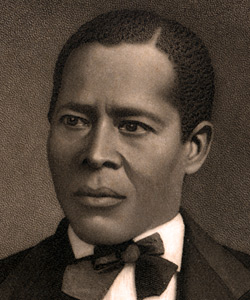The Underground Railroad was a metaphor used by antislavery activists to describe and publicize efforts at helping runaway slaves during the years before the Civil War. While secrecy was essential for particular operations, the movement to help fugitives was no secret at all. Northern Underground Railroad operatives were often openly defiant of federal statutes designed to help recapture runaways. Agents used state personal liberty laws, which aimed to protect free black residents from kidnapping, as a way to justify their fugitive work. Vigilance committees in northern cities such as Philadelphia, New York, Boston and Detroit formed the organized core of this effort. These committees often worked together and provided legal, financial and physical protection to black people threatened by kidnappers or slave-catchers. Notable vigilance leaders included black men such as William Still in Philadelphia, David Ruggles in New York, Lewis Hayden in Boston and George DeBaptiste in Detroit. There were also thousands of other individuals, often white and usually motivated by religious belief, who helped fugitives during the antebellum period. Though most of these Underground Railroad figures operated with relative impunity in the North and across Canada, southern operatives faced grave dangers and thus maintained a much lower profile. This is one reason why Harriet Tubman, an escaped slave herself, was such a courageous figure. Her repeated rescues inside the slave state of Maryland during the 1850s became the basis for her legendary post-war reputation as “Moses.” Though Underground Railroad agents such as Tubman freed only a fraction of the nation’s slaves (probably no more than several hundred each year out of an enslaved population of millions), the widespread reports about their actions infuriated southern political leaders and helped bring about the Civil War and the end of slavery in the United States.
Additional Resources

